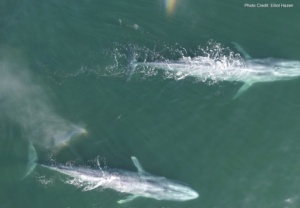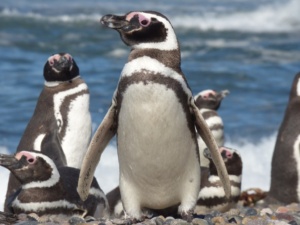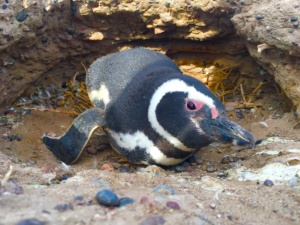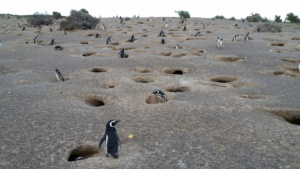Resilience to a severe marine heatwave at two Pacific seabird colonies
Authors: Eric L. Wagner, Scott F. Pearson, Thomas P. Good, Peter J. Hodum, Eric R. Buhle, Michael B. SchrimpfJournal: Marine Ecology Progress SeriesDOI: https://doi.org/10.3354/meps14222 A severe marine heat wave (MHW) persisted in the California Current ecosystem from 2014 through 2016… Photo credit: Scott Pearson of WDFW
Resilience to a severe marine heatwave at two Pacific seabird colonies Read More »









